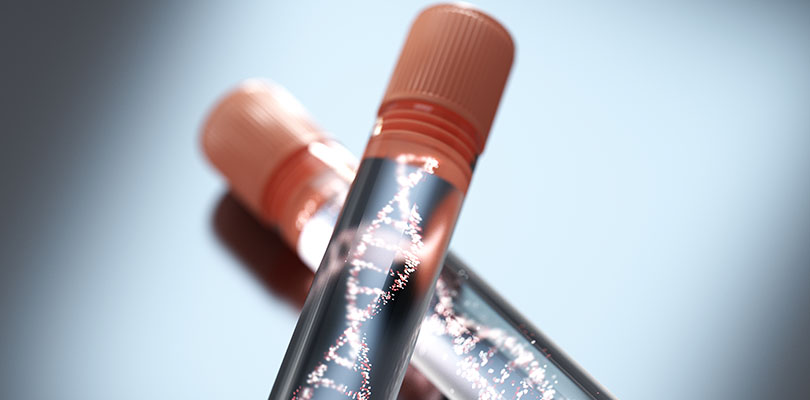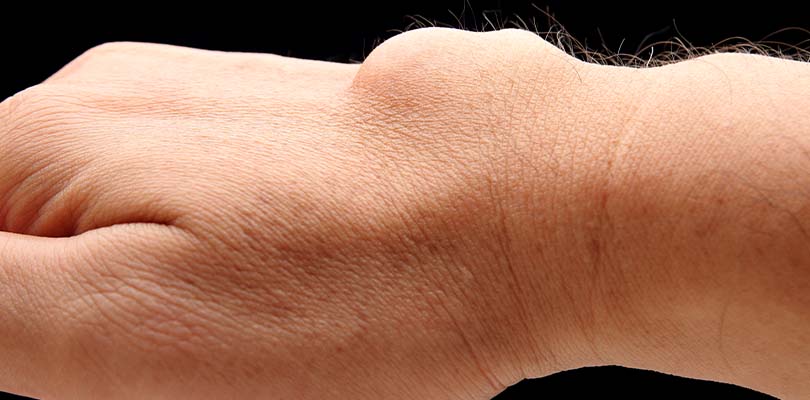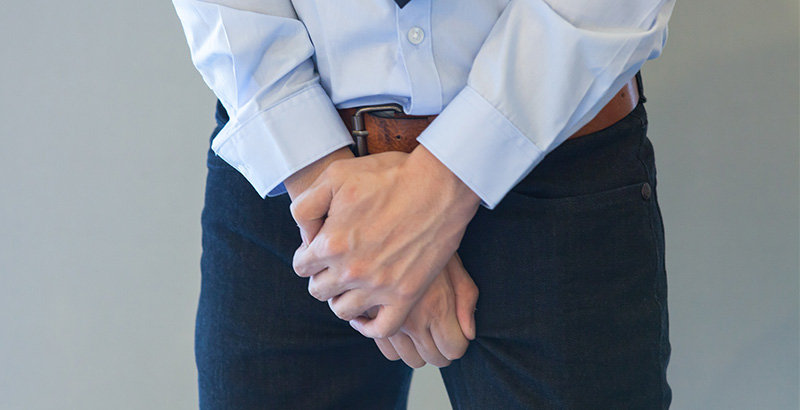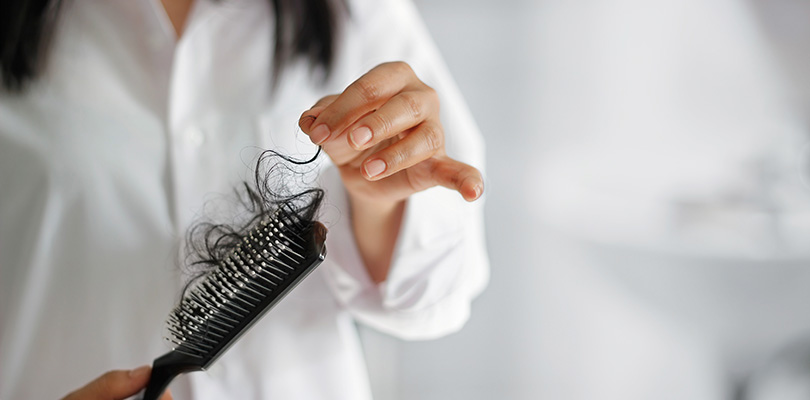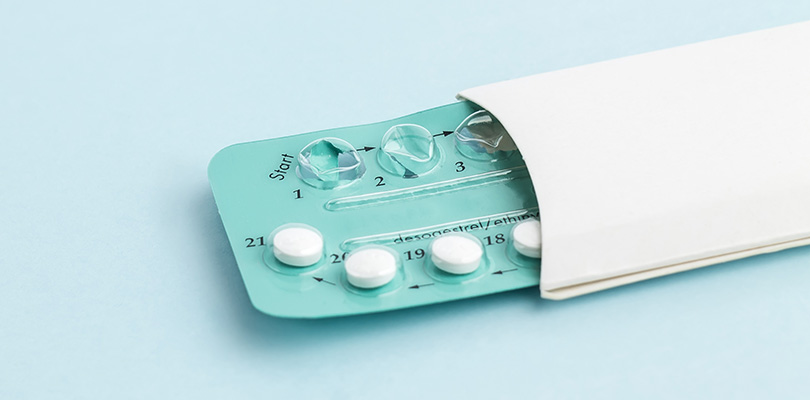What to Know About Sunscreen
Using sunscreen is one of the most important steps you can take to protect yourself from the sun’s harmful rays. Here is all you need to know about sunscreen and how to choose the perfect product for you.
What is Sunscreen?
Sunscreen is a product which you apply to the skin to protect it from the sun. This is necessary because the sun produces ultraviolet (UV) radiation which can damage the skin over time.
There are two types of UV rays, UVA and UVB. UVA rays are associated with tanning the skin, but can also cause premature aging. The signs of premature aging due to sun damage include wrinkles, sun spots and sagging skin. UVB rays are associated with sunburn.
The best sunscreens will protect you against UVA and UVB rays. These are known as broad-spectrum sunscreens. You should wear a broad-spectrum sunscreen every day, even if the weather is cloudy. This is because UVA rays can penetrate through clouds and even windows, causing damage to your skin.
You should apply sunscreen to all areas that will be exposed to the sun. Be sure to remember the following:
- Ears
- Nose
- Lips
- Back of neck
- Hairline
- Top of head (if you are bald)
- Hands
- Tops of feet
The best time to apply sunscreen is 15 to 30 minutes before you go out in the sun. You should then reapply it every two hours, or more if you have been swimming or sweating a lot. It is also important to apply enough sunscreen. You should use around 1oz (a full shot glass) to cover the whole body.
Different Types of Sunscreen
There are many different types of sunscreen. Some of the most popular types include:
- Creams – best for the face and neck
- Lotions – best for large areas such as the back, arms and legs
- Gels – best for hairy areas
- Sticks – best for applying around the eyes
- Sprays – good for children as they are easy to apply
- Lip balms or lipsticks
These products contain a variety of different ingredients. Some act as a physical barrier to the sun, blocking its harmful rays before they penetrate the skin. These ingredients include zinc oxide and titanium dioxide.
Other ingredients act as a chemical barrier and absorb the sun’s rays to stop them from reaching the skin. These include avobenzone, oxybezone, octisalate, homosalate, octinoxate and octocrylene.
Although many people consider physical sunscreens more natural, this is not necessarily the case. There are a few organic sunscreens and these contain ingredients like cinnamates, salicylates, and benzophenones. However, the most effective sunscreens will contain a mixture of physical and chemical filters.
DNA testing kits can help delve into your ancestry and identify whether you have genes that may increase the chance of developing specific health issues.
Importance of Sunscreen
As well as protecting your skin from sun damage, sunscreens can reduce your risk of developing skin cancer. According to the Skin Cancer Foundation, using sunscreen regularly can reduce your risk of developing squamous cell carcinoma by 40% and melanoma by 50%.
Regular use of sunscreen can also reduce the signs of premature aging and keep your skin looking healthy for longer.
SPF Meaning
The letters SPF stand for “sun protection factor.” Every sunscreen will have an SPF rating and this denotes the level of protection it provides.
The SPF number indicates how long it would take for UVB rays to burn your skin compared to if you were wearing no sunscreen. For example, wearing SPF 15 sunscreen would mean it takes 15 times longer for your skin to burn.
However, using a higher SPF sunscreen does not allow you to spend extra time in the sun. You should reapply your sunscreen every two hours, regardless of whether it is SPF 15 or 50.
Different SPF Levels
Generally speaking, an SPF 15 sunscreen should be suitable for everyday use. However, if you plan to spend a long time in the sun, or have very pale skin, you should consider using SPF 30 or above.
Sunscreen with an SPF of 50 offers very effective protection against the sun’s UV rays. However, anything above this tends not to offer much extra protection.
Sunscreen with an SPF below 15 will not offer much protection from the sun. Therefore, everyone should consider using SPF 15 or above, regardless of skin tone and how easily they burn.
More Tips for Staying Safe in the Sun
Although sunscreen can offer some protection against the sun, it is still essential that you keep exposure to a minimum. Here are some tips for staying safe in the sun and reducing your risk of sun damage and skin cancer:
- Stay in the shade whenever possible, especially between 10am and 2pm when the sun is strongest.
- Cover up with long sleeves, pants, a wide-brimmed hat and sunglasses.
- Take extra care around water, sand and snow. These reflect the sun’s rays and increase the risk of skin damage.
- Avoid tanning beds and use self-tanning products instead. You will still need to use sunscreen in addition to these.
- Check your skin regularly for signs of cancer, for example, changes in moles, new moles, itching, bleeding or other changes.
Nowadays, skin cancer is very treatable. However, it is vital that it is caught early to maximize your chances of survival. If you notice any changes in your skin, be sure to get them checked by a medical professional as soon as possible.
And remember, prevention is better than cure. So, stay safe in the sun and be sure to use your sunscreen every day.

